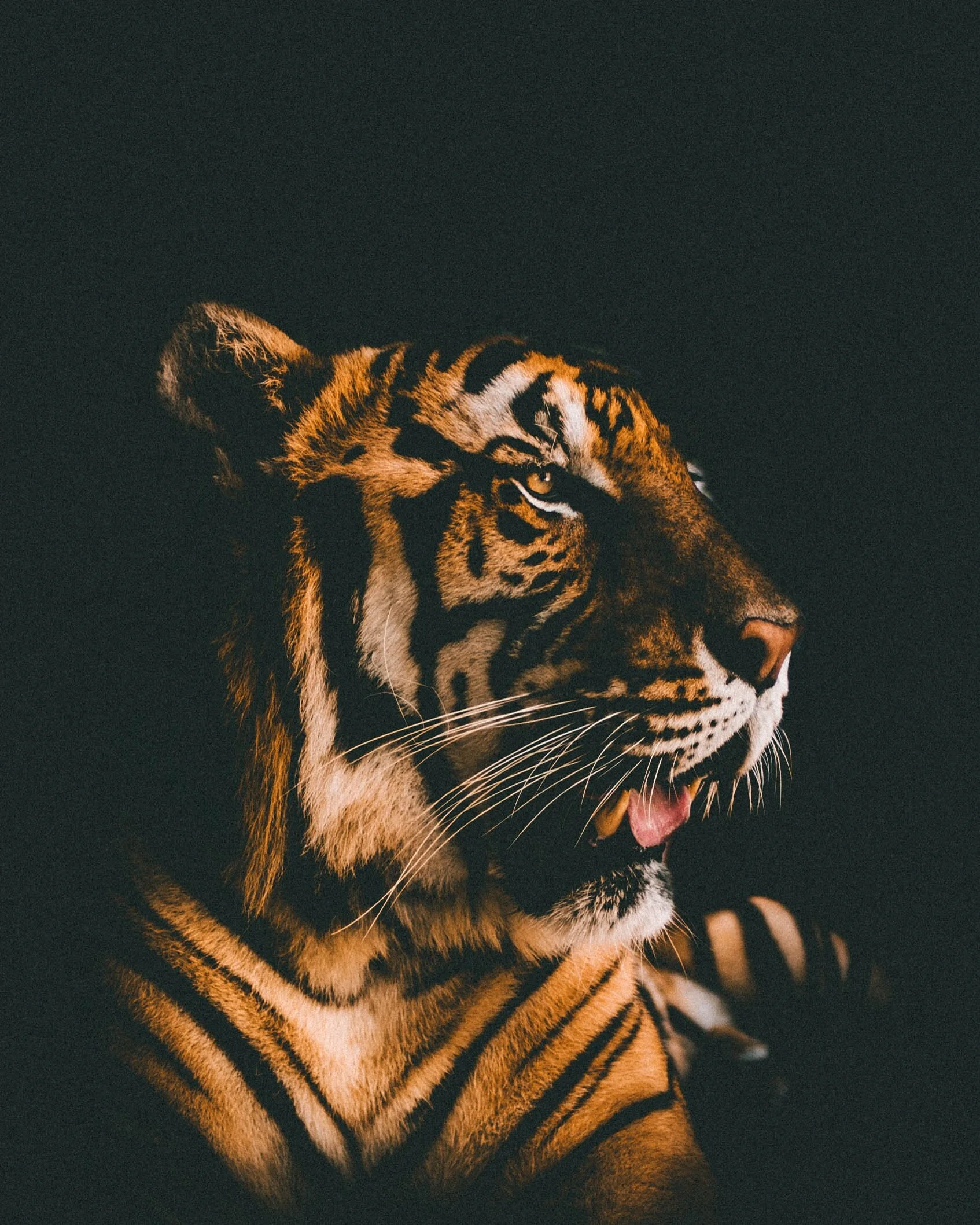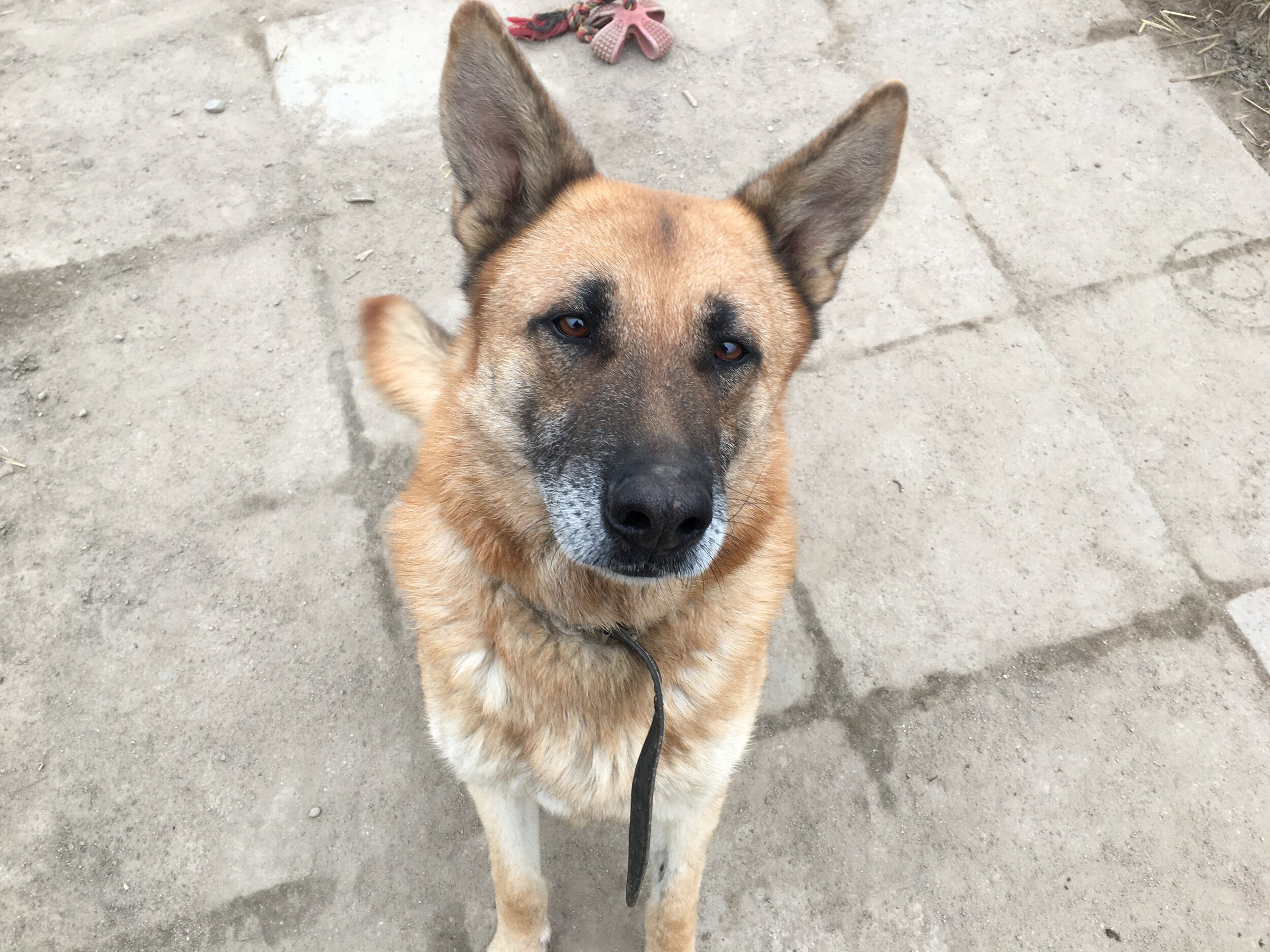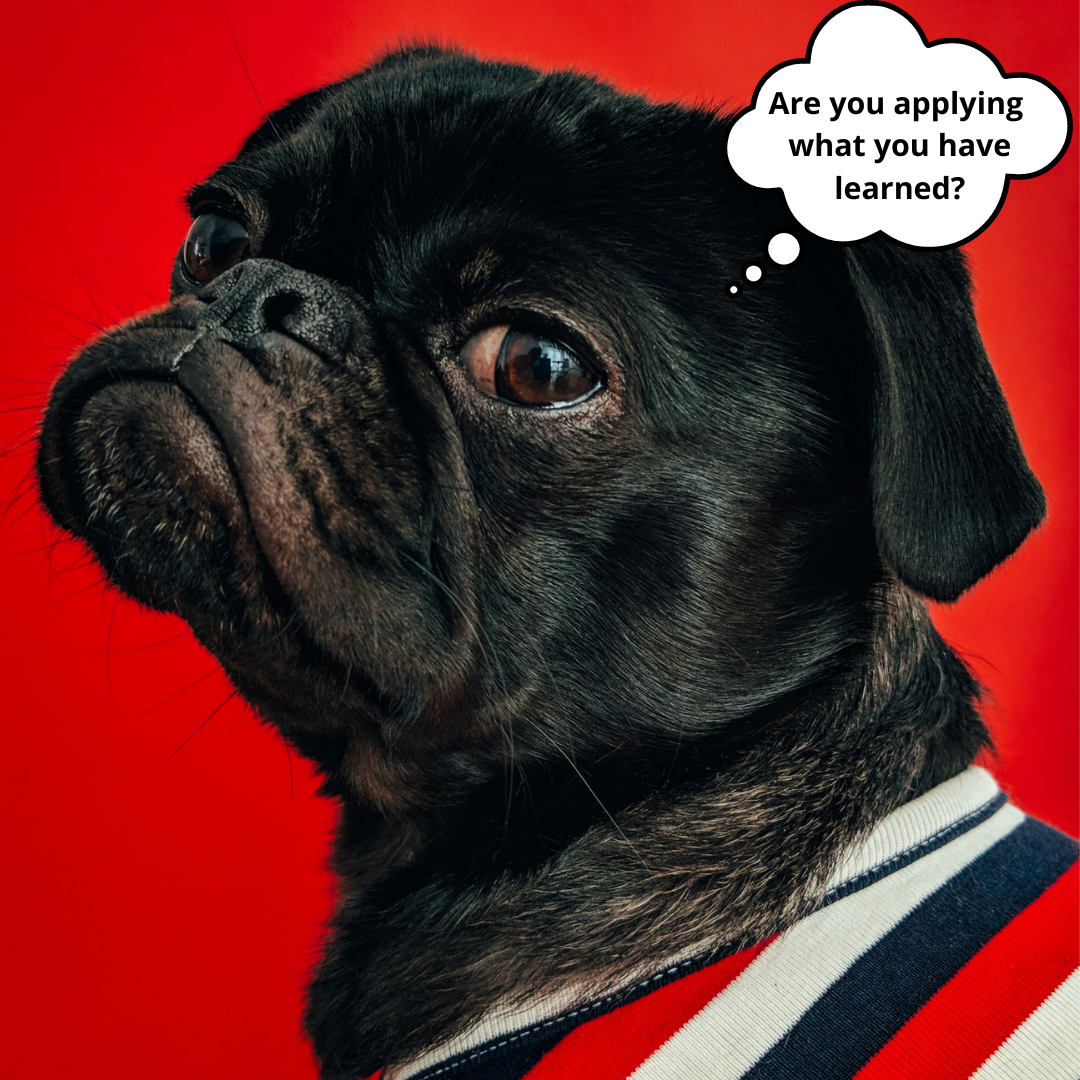3 things I learnt watching tigers and hyenas training sessions
As an animal trainer myself, active in the community of trainers I was honoured to get special permission to see the training sessions with tigers and hyenas from a close-up! Being just right next to the animals was absolutely incredible in itself but being able to watch what a wonderful job their trainers do was whole another level of awesomeness!
There are three major things I’ve learnt watching training session with tigers and hyenas.
1. There are zoos that have the welfare of their animals at heart and they go above and beyond to make sure their animals are in the best conditions possible.
In zoos like that animals are trained for incredibly useful behaviours like taking blood draw, blood pressure measurements or injections. But how did it look like?
The training was in protected contact behind the barrier. The area is designed for the highest level of safety possible. Trainers are next to the animals but there are at least two people working and communicating what the animal is doing every step of the way. They’ve been working on taking blood pressure measures from tiger’s tail. There were 3 female tigers. All 3 did great but they’ve all been different which was taken under consideration. Trainers worked with them one by one. All three animals were asked to position themselves in a place where their tail could go through the hatch. All of it was broken down into small behaviours like face up, turn around, lay down, back up or stay. Animals were always notified when the trainer that worked on the tail would be taking the sample or the measure. They will hear ‘tail’ and only then the trainer touched the tail. They will hear ‘touch’ and only then the tail will be touched with the apparatus. There were no surprises and everything was followed by the reinforcer. There was a trainer at the tiger’s face delivering reinforcer and watching closely the animal’s body language to make sure there are no signs of stress. The apparatus could easily startle the animal if it wasn’t done slowly enough and without any considerations of her emotional state. I loved how trainers were watching their body language closely the whole time! What is the tiger doing with their eyes, with their ears, do they wiggle? It’s all very important information which can indicate that animal feels uncomfortable and she would like the session to end soon. It’s communication between the animal and the trainer.
They used goat milk that was given to them by a spray bottle into their mouth continuously as a reinforcer. The trainer later told me that it keeps them calmer than giving them meat. For the long duration behaviour like keeping the tail out of the hatch for the measures to be taken it’s very important that the animal is calm. Meat gets them a little bit too excited to be laying down calmly. So the trainer picked reinforcement wisely depending on what behaviours do they work on.
With hyenas, they’ve been working on injection behaviours. Animals are asked to line up to the barriers on both sides to allow injection on the hip and also with the chin up so you could do the blood draw from their jugular vein in their neck. It was just a practice, no injections or blood draws were taken. It was wonderful to watch the whole process! Animals were all excited for the training session but then were able to stay still for the duration of pretended injection! Even in this a little bit awkward position of having their chin up and touching the barriers with their neck. Power of positive reinforcement in front of my eyes!
2. You don’t have to tell your animal that they’ve done something “wrong” when you are using behaviour science principles effectively.
It was amazing to watch what trainers do when the animal didn’t do the behaviour that was asked of them. Instead of using any form of correction or force, they took a quick pause and asked for well-known behaviour instead. Ken Ramires talked about that at CHATTCon. Trainers asked for something that is easier for the animal to regain momentum. And then went back to the behaviour that they previously didn’t do. And it all worked amazingly! Animal got a chance to reset and try fresh. Trainers stayed in the most positive and least intrusive way of training. Instead of telling the animals that they did something “wrong”, it’s better to assess later why did animal do what they did? Training is seen as communication between the animal and the trainer. All of the “mistakes” are treated as information gathering. Was there any sign of distress that you’ve missed? Did you ask for too much and should break the behaviour down into smaller steps? What can be done next time to make it successful for the animal? Was the trainer giving clear direction to the animals?
When you plan your sessions in advance, there is no need for using force or even withdrawing your reinforcement as a way of punishment. There are much more effective ways to get behaviours that you want to see in them. Focus on what you want and you can get behaviours that you probably didn’t even imagine seeing!
3. We can all strive to achieve more with our companion animals.
Training session I saw serves as a great inspiration to start asking questions. Is it ok to just restrain my dog to keep him calm? Is there any other way to achieve calm behaviour from him?
This experience made me even more excited to keep on sharing about the amazing results you can get with the use of behaviour science principles! It’s way beyond cute dog giving a paw or doing rollover (which in itself is awesome and I absolutely love seeing that). Tricks are not the only thing you can teach. Having your animal come to you voluntarily to give you a paw and stay there until you clip all of the nails is in your reach. If hyena is showing her neck and staying there calmly for the poke of the needle, why can’t your dog do the same for the vet procedure or at the groomers? Could you imagine not have to restrain your dog and force him on vet table but be able to give a cue ‘up’, ‘paw’, then say ‘poke’ to tell them what’s coming and they will stay there? And if you have a big dog you know the struggle is real!
Trainers with tigers were watching closely for any sign of stress. They were looking at their eyes, ears and any body movement. It’s all very important information especially working with an animal so strong and powerful like tiger but I would argue that we can use the same skill even when we work with chihuahua or domestic cat. There is a lot of skills to acquire to achieve behaviours like that. Learning it on your own is less practical and therefore less effective. Hiring qualified professional or buying extensive online course can get you closer to seeing unimaginable difference in your companion animal (I not only include dogs and cats in this category, but I also include parrots, lizards, snakes and any animal that one can keep as a companion!). It all starts with inspiration and decision to start questioning the status quo. Hope you can join me on this journey of discovery!
Be a superhero for your pet - he will love you for it!
















I'm feeling great and I prioritise health. I don't feel better than anyone else! I can enjoy feeling good about myself and hope for everyone else to enjoy themselves too. I believe that happiness is not something you achieve, it's something you DO. I'm choosing habits for happiness and I do them every day. I hope you can join me and start to seek happiness every day.